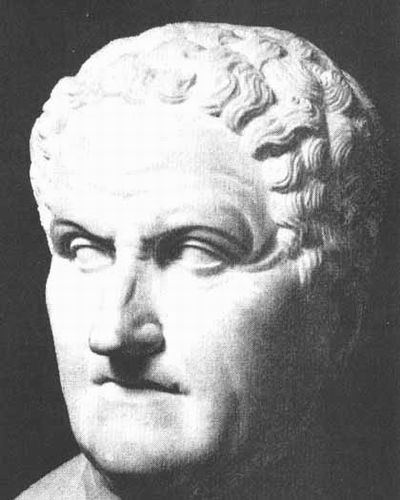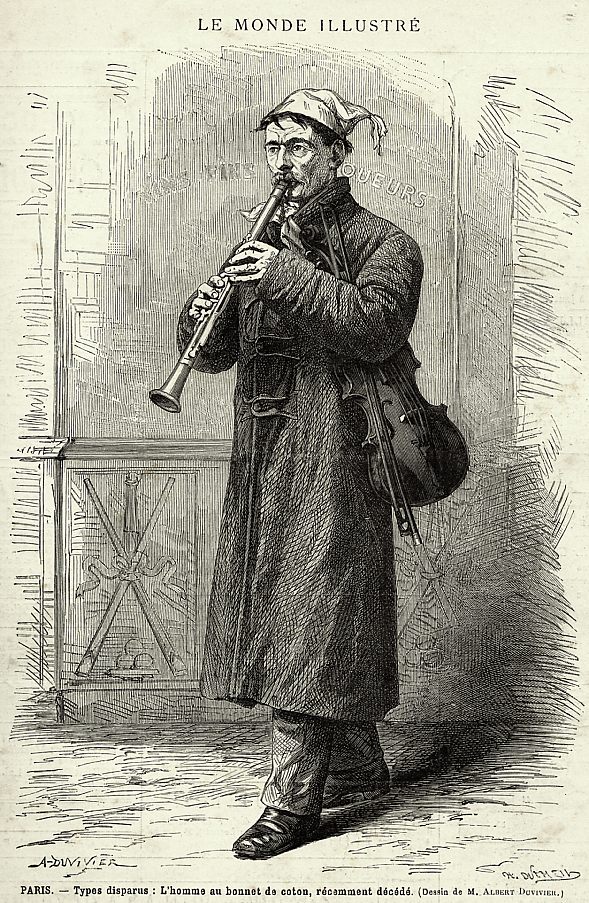1552 BC
Ebers papyrus written in Egypt. First document referring to something that could be diabetes.
late 3rd century BC
Apollonius of Memphis describes a condition with the terms "without retention" (of urine) and "without delay" (of urination).

late 2nd century BC
First known use of the word diabetes, by Demetrios of Apameia.
1st century AD
Celsus writes an encyclopedia on medicine that includes a description of a condition likely to be diabetes, calls it "excessive pouring out of urine" and causing "emaciation and danger.".

2nd century
Aretaeus writes first clinical description of diabetes, says it is infrequent.
ca 160
Galen, considered the most influential physician of Roman period, writes short description that emphasizes thirst, says he has seen only two cases and that it is a kidney disorder.

ca 500
Date very approximate, quite likely earlier. Diabetes recognized in Hindu medicine during what is called the Brahman period. First descriptions of sugar in the urine and occurrence in obese individuals (type 2).
980-1037
Avicenna, most prominent of the Arab physicians (although he was Persian), describes diabetes based on Galen's work, adds details such as the presence of carbuncles.
1425
The word diabetes first appears in an English book, though it is in Middle English - diabete.
1493-1541
Paracelsus, major Renaissance physician and author, refers to diabetes at least five times in his works.

ca 1550
Geronimo Cardona (a physician but better known as a mathematician) finds that the volume of urine is less than the fluids consumed by a person with diabetes. The idea that urine is greater had been introduced by Galen 14 centuries previously, and persisted into the 19th century.
1500-1670
Over 100 authors mention or write about diabetes.
1674
Thomas Willis (England) states that the urine of diabetics is sweet, a fact not recognized since the time of early Hindu medicine. Also associates diabetes with "good fellowship and guzzling down of ... wine." His observations initiate a new era of diabetes research in England.
1776
Matthew Dobson (England) evaporates diabetic urine and finds substance like brown sugar in appearance and taste. Also finds a sweetish taste of sugar in the blood of diabetics. Observes that diabetes is fatal in less than five weeks in some, and is a chronic condition in others - type 1 and type 2.
1797
John Rollo (England) successfully treats a patient with a high fat and protein diet after observing that sugar in the urine increases after eating starchy food. Considered the first significant approach to the treatment of diabetes. <----Hello? Diabetes Association? 1797!!!
1848
Claude Bernard discovers that sugar is formed by the liver (glycogen), and this is the same sugar found in the urine of diabetics.

1869
Paul Langerhans, while a medical student in Berlin, describes islands of cells in the pancreas. These were later found to be the source of insulin, and were called the "islets of Langerhans."

1889
Minkowski and von Mering (University of Strasbourg) find that removing the pancreas from dogs results in diabetes.
1903
Oatmeal diet ("cure") introduced by Von Noorden. Daily allowance is approximately eight ounces of oatmeal mixed with eight ounces of butter, prepared as a gruel, eaten every two hours.
1908
George Ludwig Zuelzer extracts a pancreatic substance that he then injects into five patients. Sugar is reduced or disappears but the patients experience unacceptable side-effects.
1909
Jean de Meyer (Belgium) proposes the name "insulin" (Latin: insula, island) for the unknown substance in the pancreas.
1911
S.R. Benedict devises new method to measure urine sugar (Benedict's Solution).

1915
Frederick Allen introduces "starvation treatment," or "starvation diet."
1921
Nicolae (Nicolus, Nicolai, NC) Paulescu (Paulesco), a distinguished Romanian scientist, publishes article describing his successful isolation of insulin, calling it "pancreine." Publication is several months before Banting and Best publish their results. Obtains patent for it in 1922. Achievement not recognized until 50 years later.
1921
Frederick Banting and his student assistant Charles Best successfully isolate insulin (initially called "iletin) from dog pancreases at the University of Toronto (using facilities and resources provided by MacLeod). James Collip works on purifying it. Findings are published in early 1922.

1922
In Toronto, Leonard Thompson, age 14 and 65 pounds, (143kg) is the first human treated with insulin. Initial attempt (January 11) not satisfactory. Collip further purifies it, and the second injection succeeds (January 23).
1923
Eli Lilly and Company (Indianapolis) start commercial production of insulin. Although the Toronto group had by now decided to call the substance "insulin," Ely Lilly names their product "Isletin Insulin."
1923
Banting and MacLeod awarded the Nobel Prize, share proceeds with Best and Collip.
ca 1925
Home testing for sugar in the urine. Procedure is to mix in a test tube 8 drops urine with 6 cc (1 tsp=5 cc) of a solution provided by the doctor (Benedict's solution). The tube is then put into boiling water for five minutes. If sugar is present, the liquid is greenish (light), yellow (moderate) or red/orange (heavy).
1927
An oral medication called "horment" or "glukohorment" developed in Europe by a commercial firm. Originally claimed to be a replacement for insulin, but (as with earlier non-commercial efforts), side-effects were unacceptable.
1934
First national diabetes association formed: the Diabetic Association (UK). Founders were HG Wells (the writer) and Dr RD Lawrence. Both had diabetes.
1936
In a series of research papers published from 1936 to 1939, Himsworth (UK) finds that diabetics fall into two types based on "insulin sensitivity."
1944
August Loubatières (France), while evaluating an anti-bacterial drug for the treatment of typhoid fever finds that some patients died of prolonged low blood sugar. He discusses this with a colleague and research starts that ultimately results in the development of the first acceptable oral medication for type 2 diabetes in the mid-50's.
1950
Food exchange system introduced. (The American Diabetes Association, the American Dietetic Association, and the U.S. Public Health Service.)
1951
Lawrence and Bornstein (UK) are able to measure the amount of insulin in the blood of a group of ten diabetics, and find that those who are young have no insulin, and those who are older and obese show insulin.
1959-1960
Yallow and Berson develop radioimmunological assay (RIA), a procedure that can be used to measure insulin with much greater precision than earlier techniques. Yallow awarded Nobel prize in 1977.
1964
First strips for testing blood glucose (Ames).
1970
First blood glucose meter (Ames).
1979
Type 1 and Type 2 formally recognized by the American Diabetes Association. (Err this was worked out in 1776!! Does the American Diabetes Association always work this fast? Sheesh!) Type 1 was also called Insulin Dependent Diabetes Mellitus (IDDM), and Type 2 was called Non Insulin Dependent Diabetes Mellitus (NIDDM). These names were dropped in 2003.
Since 1979
Insufficient time has passed for a historical perspective to develop about key events since 1979. The only one that almost certainly will be regarded as a milestone is the the Diabetes Control and Complications Trial (DCCT), which confirmed a relationship between blood sugar levels and the development of complications.
Principal sources:
American Diabetes Association. Milestones in Diabetes Treatment. Diabetes Forecast 1998;61:76-80.
David Mendosa. Meter Memories (http://www.mendosa.com/memories.htm), and History of Blood Glucose Meters (http://www.mendosa.com/history.htm).
Notelovitz, MB. Milestones in the History of diabetes - A brief survey. South African Medical Journal 1970;44;40; 1158-61. Verlag; 1989.
Papaspyros NS. The history of diabetes mellitus (second edition). Stuttgart: Georg Thieme Verlag; 1989.
Sanders, LJ. The philatelic history of diabetes:In search of a cure. Alexandria, Virginia: American Diabetes Association.
von Engelgardt, Dietrich (ed). 1989. Diabetes:Its medical and cultural history. Berlin: Springer-Verlag.
No comments:
Post a Comment